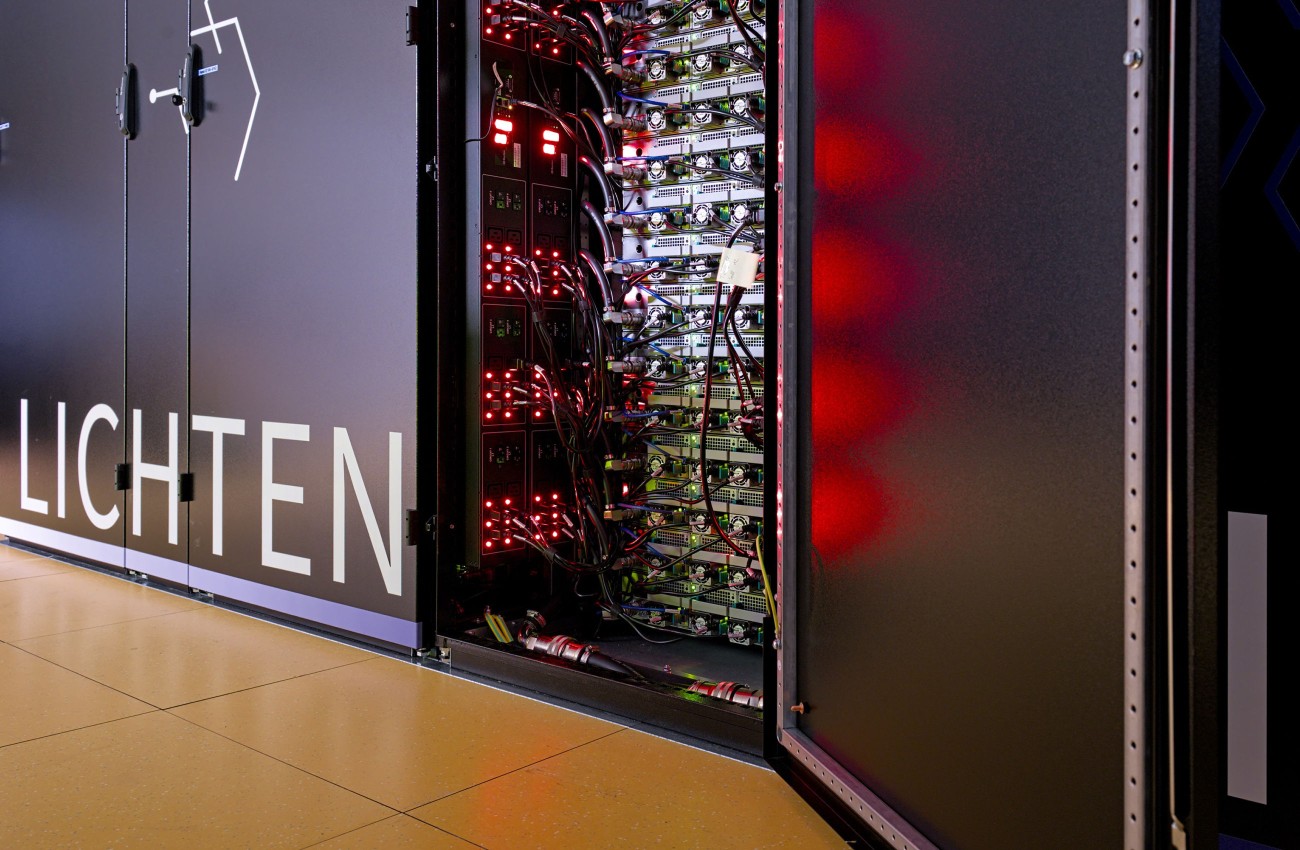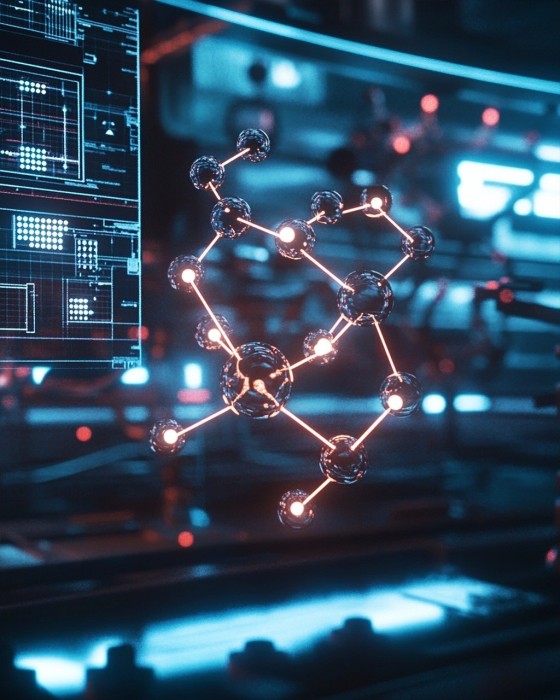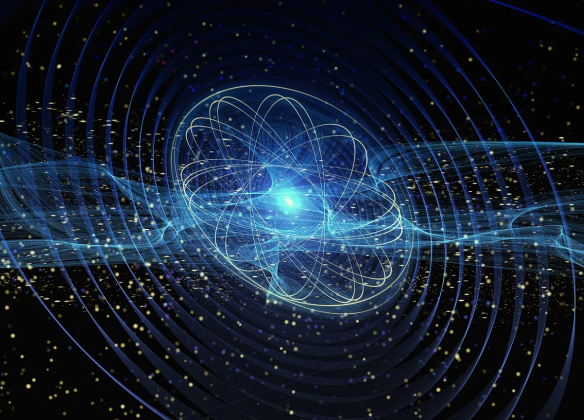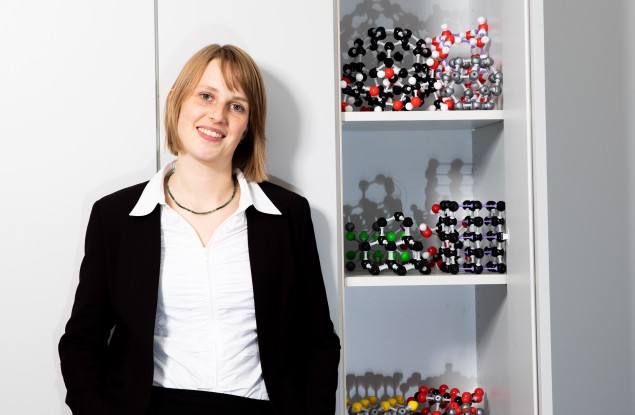RG Krewald

Research
Research
Research Interests
We aim to understand the electronic structures and functional principles of molecules and complexes with quantum chemical methods. Our research approach is to closely link experiment and theory by predicting measurable properties in spectroscopy, magnetism and reactivity. We are interested in systems that have unexpected properties, can achieve difficult molecular transformations, or show promising catalytic activity. molecular transformations, or show promising catalytic activity.





